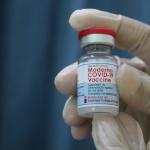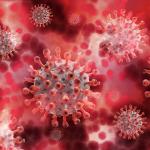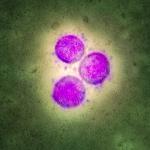I can’t believe we’re having this discussion in September 2023, just as the fall respiratory virus season commences and we're experiencing a new wave of COVID-19, but the politicizers of COVID won’t let up.
SARS-CoV-2
The number of deaths from COVID-19 is way down from its peak and pandemic-related restrictions and mandates have virtually disappeared, but there are hints we are in for a late summer surge in infections.
A recent article in the prestigious New England Journal of Medicine called attention to the urgent need for research and initiatives to address the syndrome known as post-ac
The COVID-19 pandemic has been one of the most devastating events in public health in the U.S. over the last half-century. It’s also the most scrutinized health emergency in history.
We have learned a lot about the SARS-CoV-2 virus during the three years of the COVID-19 pandemic. For example, new viral variants, such as the many subtypes of Omicron, are less susceptible to the vaccines developed to protect against th
The peak of COVID-19 infections might be behind us – at least until the next “variant of concern” of the SARS-CoV-2 virus appears – but the scourge of long COVID lives on. And on.
SARS-CoV-2, the virus that causes COVID-19, has evolved continually, and sometimes drastically, since the appearance of the original “Wuhan strain” three years ago.
Join ACSH directors of bio-sciences and medicine Cameron English and Dr. Chuck Dinerstein as they break down these stories on episode 12 of the Science Dispatch podcast:
There are at least two (1) scenarios in which COVID becomes "scary" (as in 2020 scary) again. We're already witnessing one at this time; the other is theoretical and has not yet come to pass.












